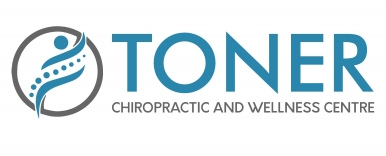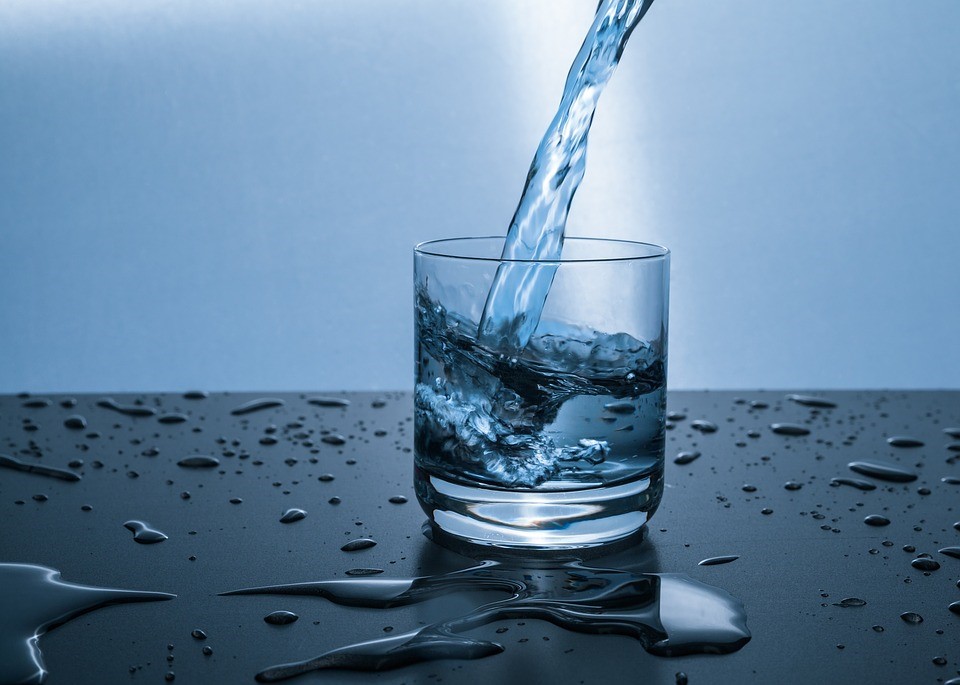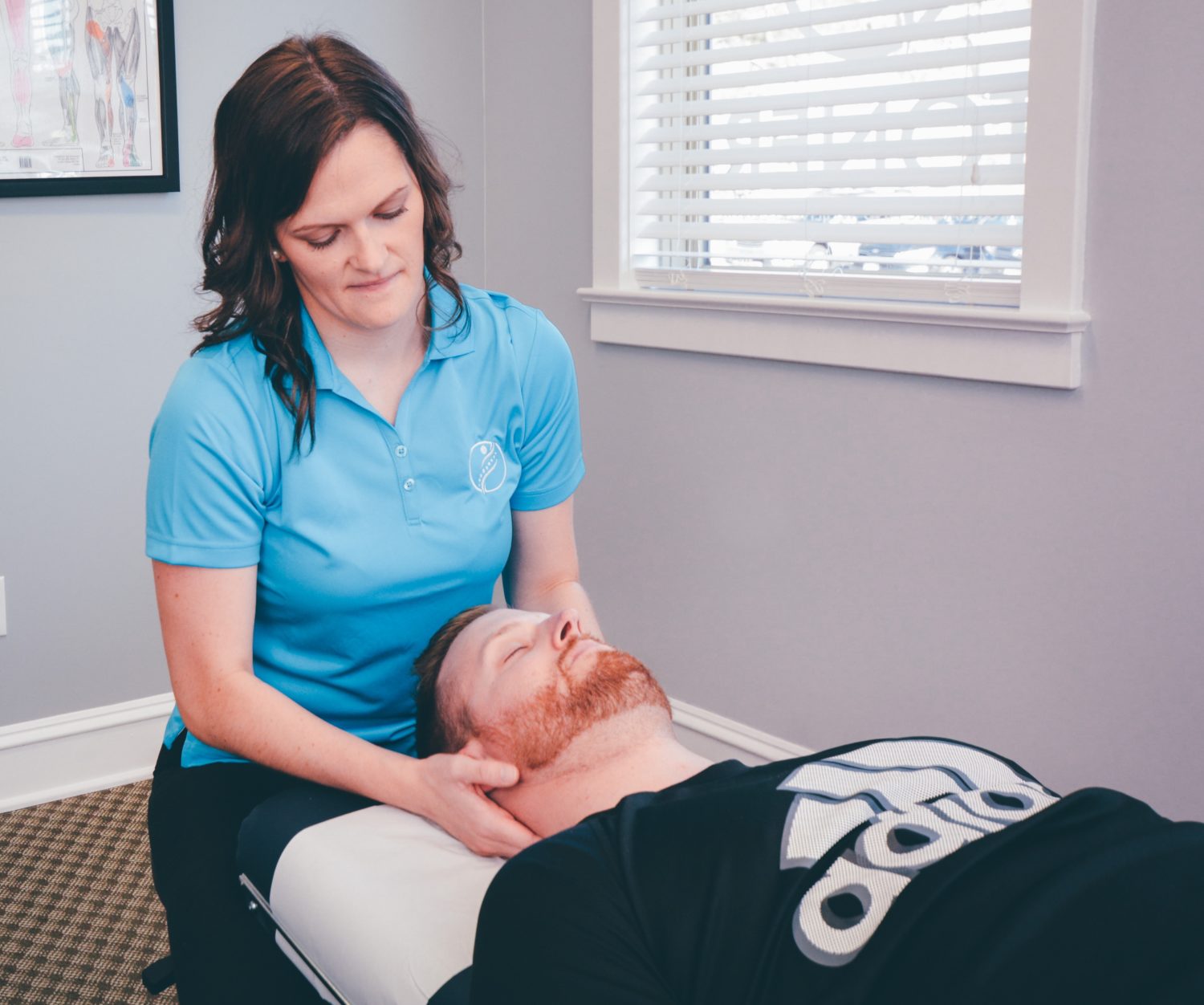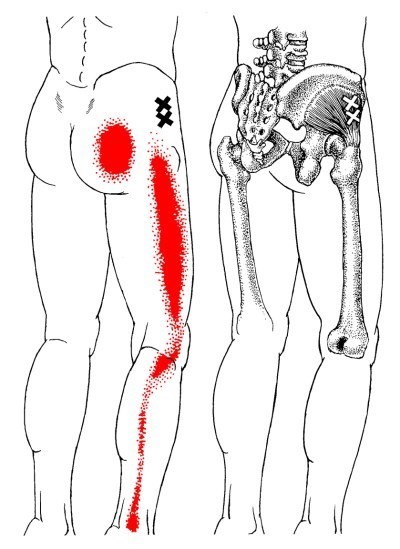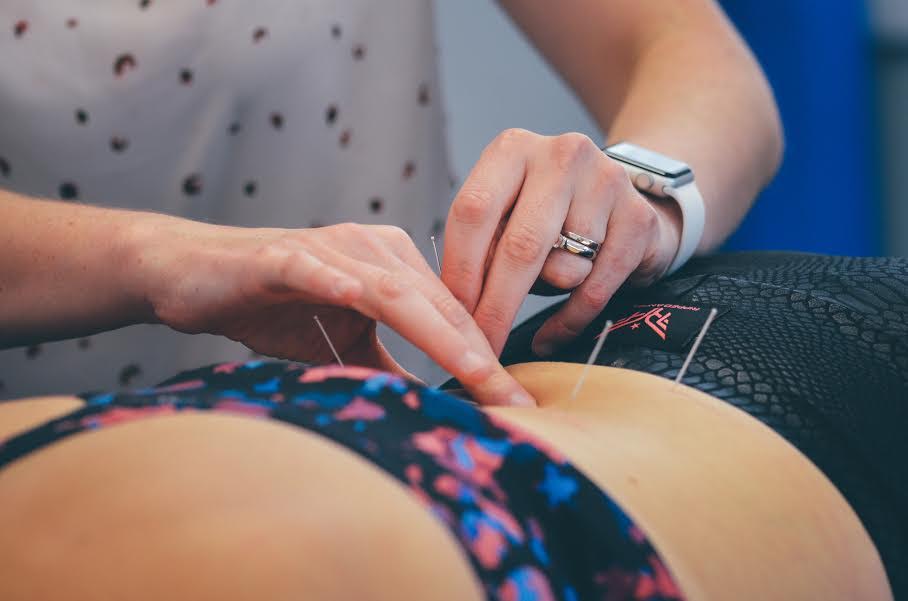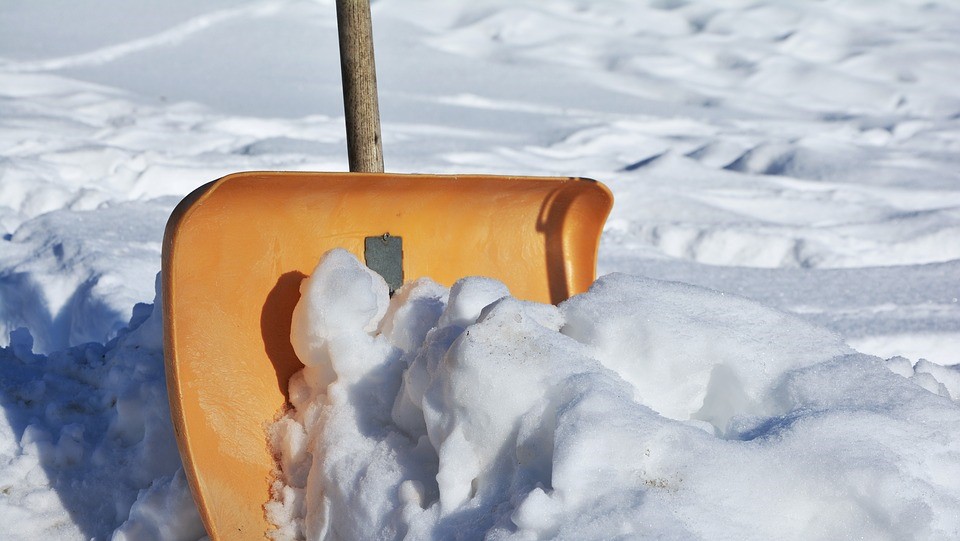At least a couple of times a week, I am asked how much water consumption is recommended on a daily basis. As the hot summer months are now in full swing, I thought this would be a wonderful opportunity to highlight the importance of water in this next blog post.
Water is essential for ALL bodily functions. Drinking water isn’t just about staying hydrated, but it’s also essential for metabolism, preventing fatigue, supporting liver detoxification, overall cellular health, organ function, and much more. The long and short of it all is, proper water intake is SO crucial. The body is composed of roughly 70% water and even more in the brain at 85%. Decreased water consumption can lead to sluggish mental and physical function with possible headache symptoms like dizziness or fatigue. Also, from a chiropractic standpoint, the connective tissues and vertebral discs in your spine are directly affected by how much water you drink on a daily basis.
A very common misconception and myth is that taking in fluids like coffee and sugary drinks like sweet tea and sodas will help with your body’s water level but it actually leads to further dehydration and you must replace the intake of these types of fluids with even more water.
How Much Water Is Enough Water?
In order to maintain proper body hydration, you ideally want to drink at least half your body weight in ounces of water a day (So X = 0.5 multiplied by your body weight in pounds). So, a 150-pound person should be drinking 75 ounces of water per day – * Note: This should be the minimum amount of water you consume daily – more IS better! And, if you exercise daily, you should drink even more water to replace the water you lost via sweating. Bottoms up!
Benefits of Staying Hydrated
Drinking water wakes up your metabolism – Cold water stimulates thermogenesis which means you burn more calories! Cool, eh?
Drinking water Improves muscle tone – If you’re dehydrated you won’t see the beautiful tone in your muscles from all the hard work you put in at the gym.
Drinking water Improves digestion and relieves constipation – We need lots of fluids for our digestive system to function well. A lack of water means a big bloated tummy! Also, without water, we couldn’t eliminate waste and other toxins in our bowels. Drinking water also supports detoxification and will flush those toxins from your liver and kidneys.
Drinking water prevents fatigue – If you’re tired, reach for a tall glass of water instead of a cup of coffee. It will turn on those brain cells by allowing more oxygen to get to your brain.
Drinking water Improves joint health and helps with pain relief – Water helps to lubricate your joints and reduce inflammation.
Drinking water helps with weight loss – As one of the greatest tools for weight loss, drinking water helps replace high calorie drinks, acts as an appetite suppressant, and helps flush our bodies of unwanted toxins.
Drinking water helps with heart health – Enough said.
Drinking water helps boost energy – Being dehydrated can make you feel tired and cause muscle weakness.
Drinking water helps prevent and cure headaches – Dehydration is one of the most common causes of headaches.
Drinking water prompts better exercise – being dehydrated can really slow you down and make you feel lazy. Exercising requires additional water, so always remember to hydrate before, during and after exercise.
Am I Drinking Enough Water?
A simple way to check to see if you’re drinking enough water is to check your urine! Your urine should not appear dark and concentrated! A few other signs of dehydration include fatigue, anxiety, chronic headaches or achiness, dizziness, constipation, and dry lips/mouth.
If increasing your water intake seems like a daunting task or you fear you’ll be running to the washroom every 30 minutes – don’t worry! Your body will adjust to the increased fluid intake within a week or so and you’ll be glad you did. Carrying a water bottle with you at work, home or running errands is an easy way to increase your water consumption without much effort. On top of that, if you have hunger pangs, it’s a good chance you’re not only hungry, but thirsty, too!
Making Water Fun
There are a couple neat smart phone apps you can download to help keep you on track ensure you are drinking enough water throughout the day – The one I recommend is called “Waterlogged”. To make drinking water a bit less boring and bland, you can also try adding some pink Himalayan salt and lemon to your water. Or, cucumber slices, lime, frozen berries, or melon can be fun too!
Clearly, water serves many important functions that go beyond hydration. In fact, dehydration is probably one of the most common secondary problems I tend to see with my patients.
